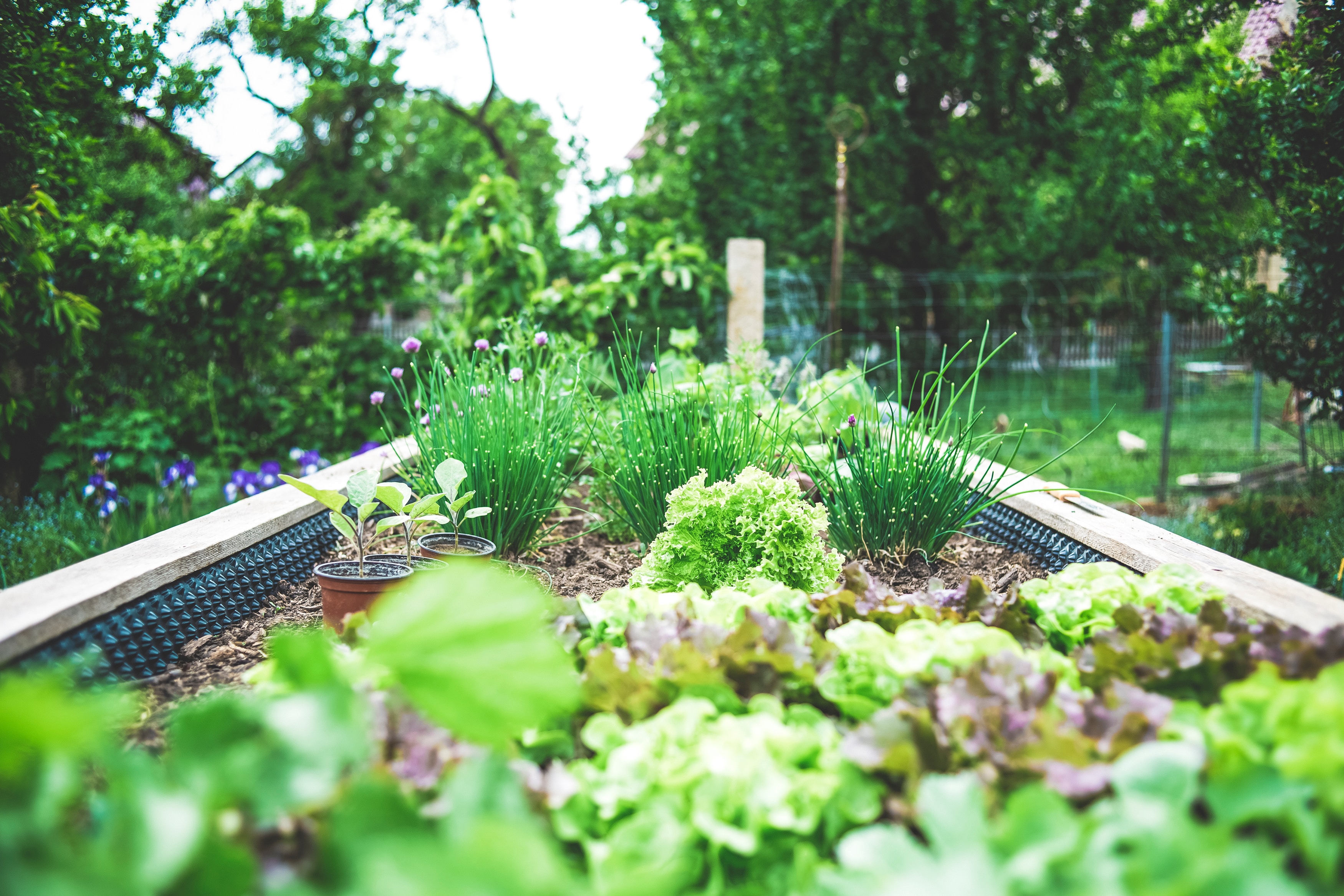
Top tips to give your new plants a boost this Spring
Spring is on its way and soon you’ll be caught up in a frenzy of seed sowing, growing, and nurturing your garden as it comes back to life.
As gardeners, the cusp between late Winter and early Spring is full of anticipation – beds that lay bare throughout the colder months are suddenly full of potential as you start thinking about what you want to grow!
But before you start planting, it’s time get your soil in the best possible state so you can give your garden just the boost it needs get going again after Winter. Right now it’s time to replenish beds, pots and planters with a number of soil conditioners and a little extra mulch.
So tick off these jobs below and get a head start on the new gardening year.
Give your soil some TLC.
First up, make sure your soil is ready for any planting. Start by turning it over with a pitchfork, raking it out and clearing any weeds that may have grown.
Follow this by digging in lots of well-rotted manure or compost and add a sprinkle of organic fertiliser, like chook poo pellets. Why not use your own compost if you have a compost bin—or, if you don’t, use store-bought compost or manure to add nutrients to the soil. And remember to add compost or manure a couple of weeks before planting something, so it has time to mix well with your soil and doesn’t burn the roots of your new plants.
Add some mulch.
Mulching is must in early Spring, delivering multiple benefits to your garden beds and pots. Once your soil is well-nourished and moist, add a thick layer generous layer to conserve that moisture and save yourself time and money on the watering front, as well as keeping weeds to a minimum.
But make sure you leave an un-mulched margin around the stems and trunks of each plant, to prevent rot.
Pots.
If you’re potting up plants from scratch, start by covering drainage holes with small pieces of flyscreen which will allow adequate drainage without losing too much soil each time you water. Next up, place some plastic packing or tiles under the pot edges to lift it off the surface for improved drainage. Then fill with a premium potting mix, packing down gently as you go.
Or, if you’re just doing a spring top-up of your pots, start by aerating the existing soil and, if you need to, scoop some out to make way for more improved soil. Then, top up your pots with premium potting mix or add compost or worm castings for extra beneficial bacteria, microbes and fungi.
After this, it’s time to apply a suitable fertiliser for your plants if you haven’t done this for the past six months or so. Now is also a great time to re-pot any plants that are outgrowing their pot size. Remove your plant and old mix, trim away any spiralling roots, replant and water in well with a seaweed solution.
Planter boxes.
If you’re building up your planters from scratch, start by covering your drainage holes with flyscreen and fill them with garden soil at depths below 4 centimetres. Then fill to the top with a premium potting mix or planter box mix. Sprinkle some compost on top followed by a light mulch to prevent the sun baking the surface potting mix, making it water repellent over time.
If you’re doing a spring top-up of your planters, be sure to keep the levels to about two centimetres from the top. You can add compost and turn it in, or simply add new potting mix and some fertiliser to the top. It’s also worth aerating your planter boxes, as this allows the roots to transpire and more water to penetrate deeper down.
In the ground.
If you’re installing or building your garden beds from scratch, the most important thing to consider is position. For veggies aim for a spot that gets full sun, or somewhere that gets at least six hours of sun per day. A raised bed is also great for access and also for bringing new, clean soil in.
Between 3 and 6 centimetres high is great for your edibles. If you’ve cut out a patch of turf, you may have clay, sand or a loamy soil underfoot, but don’t stress, this can be improved by adding organic matter (compost, manure, worm castings, light mulch) and correcting any pH levels to allow for improved nutrient uptake.
If you’re simply doing a spring top-up of your beds, check the pH of your soil, add organic matter as above, and top with about 2 centimetres of sugar cane mulch.
What to buy?
Nurseries and landscape yards sell bagged products and will often do bulk deliveries for larger projects. Bulk soils and composts are highly variable, so for the optimal outcome, it is worth finishing the top 2 centimetres of beds and pots with premium bagged products or homemade compost, noting that it generally takes a couple of years of mixing your own compost, worm juice and/or seaweed solution to any bought soil before it builds its own ecosystem that your plants will really thrive in.


